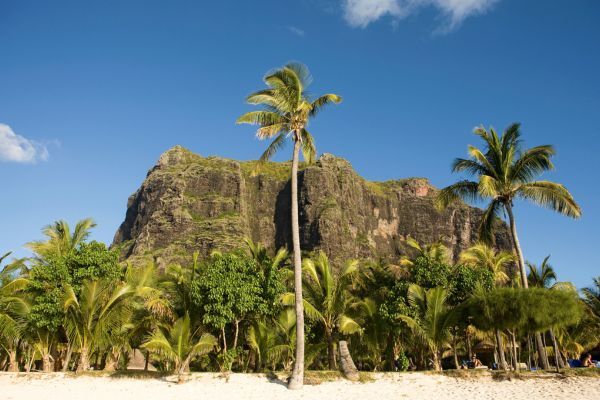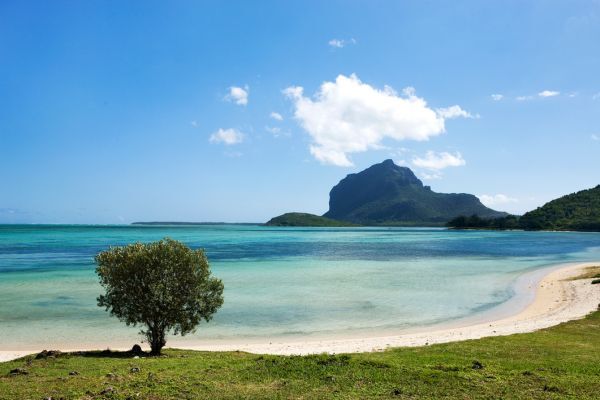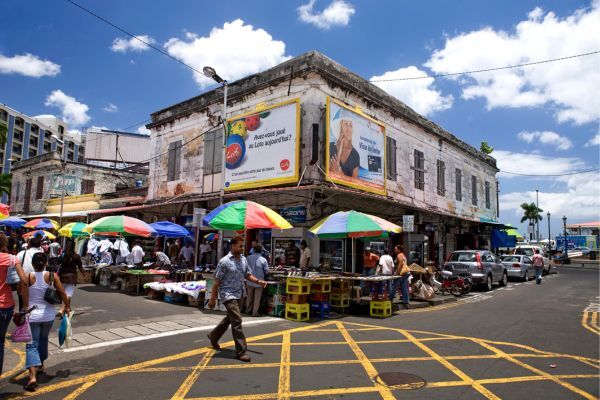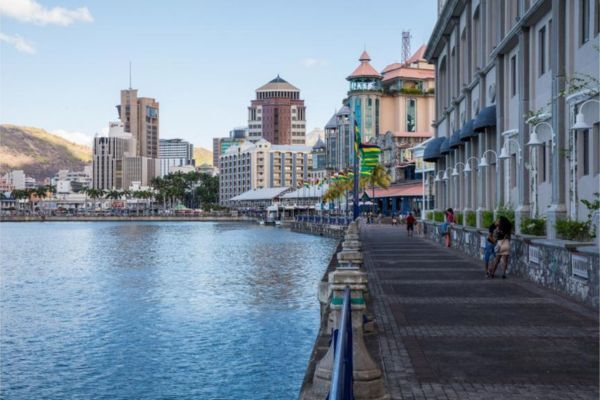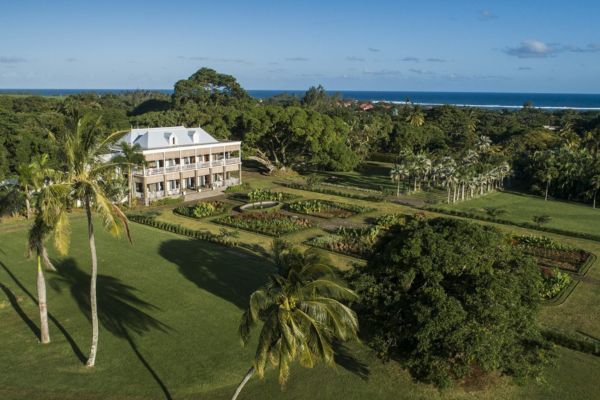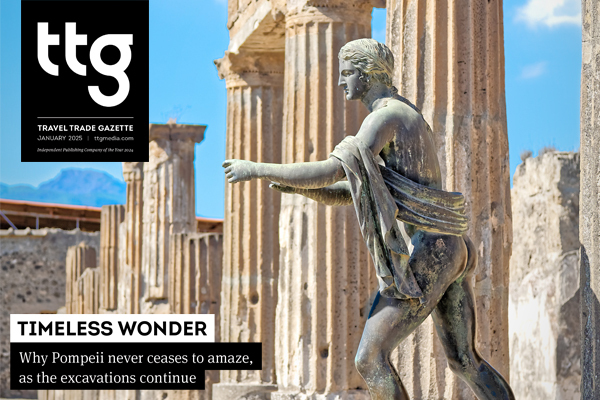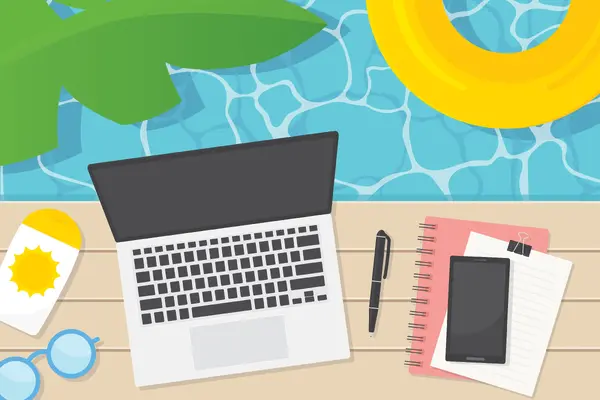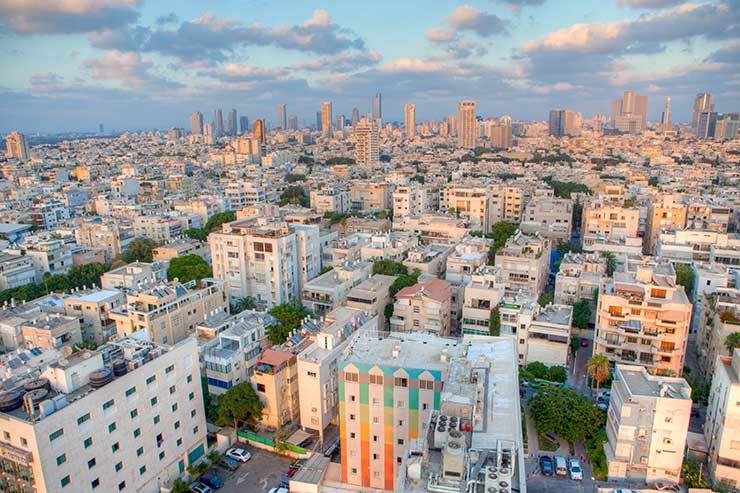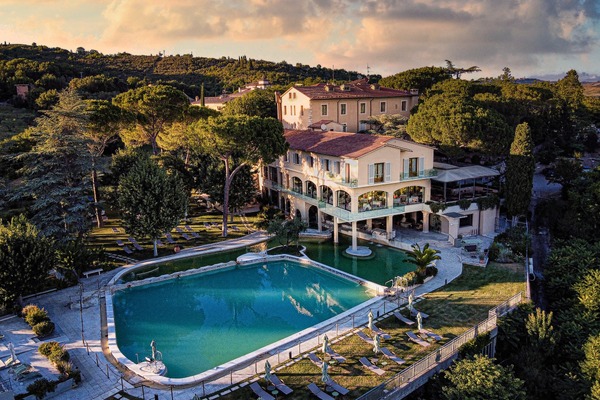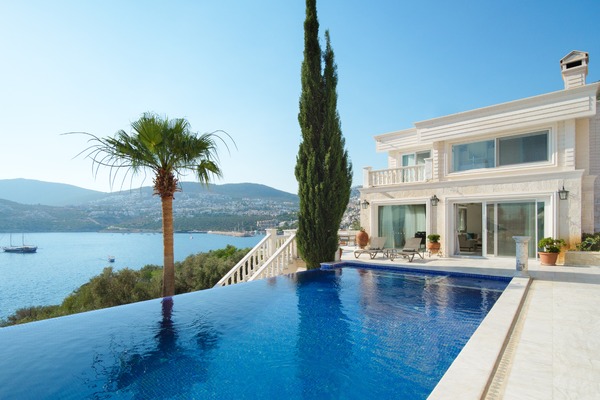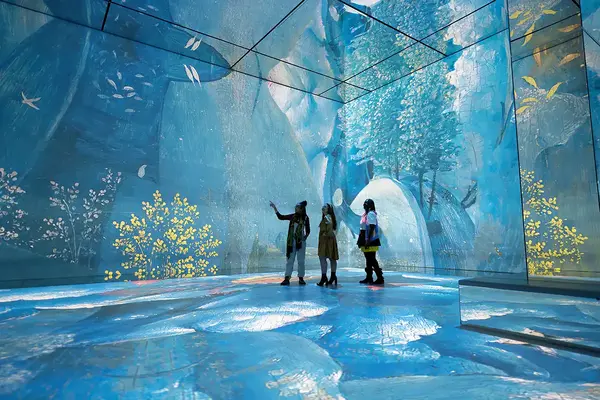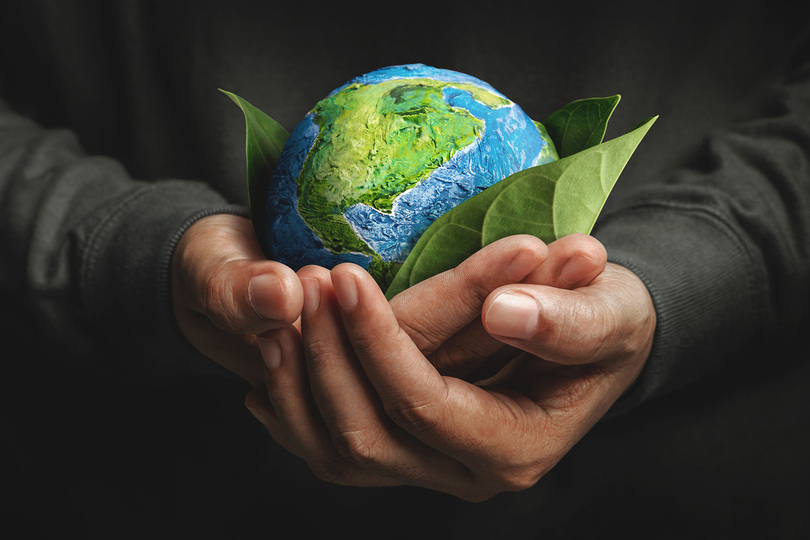Mauritius: the must-see highlights of the Indian Ocean paradise
 Emma Dooney
Emma DooneyThe small island nation may be best known for its white sands and December sun, but don’t be fooled – beaches are only the beginning of what this subtropical destination has to offer.
For many UK tourists, Mauritius has long been considered a luxury ‘fly-and-flop’ destination.
Miles of sandy coastline and tropical climate have made the Indian Ocean island a popular choice for sun worshippers, with daily direct flights from London only adding to the appeal. It’s also one of the few African countries you don’t need a visa for; British passport holders are welcome to stay for up to 60 days, while for EU citizens, this window extends to 90 days.
On top of this, it’s practically aglow with five-star hotels, like the Maradiva Villas Resort and Spa – a stunning property in Flic en Flac favoured by Hollywood celebrities for its privacy and idyllic location.
With all this in mind, it’s hardly a surprise that ‘Mauritius’ and ‘beach holiday’ have become almost synonymous to the UK traveller.
In 2023, the UK was the country’s second-biggest tourist market after France, accounting for 145,000 of its foreign visitors. Most of this tourism occurs during the peak season of November to April, when temperatures can reach 35℃, and the ocean is pool-water comfortable.
But Mauritius has far more to offer than sun, sea and sand.
This volcanic archipelago is steeped in history, having become independent in 1968 after centuries of being colonised and ruled, at different times, by the Dutch, French and British.
Today, it is home to 1.2 million people – two-thirds of whom are Indo-Mauritians, or descendants from migrants from the Indian subcontinent, and 28% of whom are Afro-Mauritians, with mixed French and African ancestry. There’s also around 40,000 Sino-Mauritians, who have Chinese roots, and 24,000 Franco-Mauritians, who descend from France.
This ethnic fusion makes for a rich cultural tapestry, where different traditions, religions and languages co-exist in a space around the same size of London. With so much to see, it would be a cardinal sin to spend the entire holiday inside a resort – jet lag or not.
Port Louis – pocket-sized, but packed
Mauritius’ capital may be small, but don’t be fooled. This bustling metropolis on the north-west of the island packs a punch.
Port Louis is the perfect ‘day trip’ city; many of its points of interest are in close proximity, and most can be experienced in less than an hour.
A must-visit is Aapravasi Ghat, a Unesco World Heritage site that served as an immigration depot during the 19th century. It was the first stop for indentured labourers from India, who arrived on the island as part of the British government’s “Great Experiment” – a scheme that used free labour to replace slaves between 1834 and 1920.
Just 200 metres away, you’ll find the Mauritius Postal Museum, a neo-classical Victorian building dating back to 1865. Once the general post office and later a hospital, the site showcases the rich postal history of the island through its displays of rare stamps and artefacts.
The National History Museum is another gem, and again, is located conveniently within walking distance from the postal museum. The oldest museum in Mauritius, this 19th-century building hosts multiple displays on the island’s fauna and flora, including an exhibit on the extinct dodo bird, and a collection of marine life, insects and butterflies.
Port Louis is also the home of Government House, a French-colonial style building that serves as the official residence of the President of Mauritius. While not open to visitors, its grandiose exterior, framed by Banyan trees fanning an imposing statue of Queen Victoria, is well worth a glimpse.
Just a five-minute walk away, you’ll find Port Louis’ Central Market, the largest market in the city. Also known as Bazaar Port Louis, this lively fair exists just as much for the locals as for the tourists, drawing the business of Mauritians from all over the island.
Here, you can barter for a variety of Mauritian products, from fragrant vanilla to fresh fish and honeyed rum. Don’t miss out on the street food stalls offering delicacies such as dal puri (flatbread stuffed with lentils), taro root cakes and pineapple with chilli salt. There’s also plenty of vendors selling refreshing beverages, including cane rum, alouda (a sweet condensed milk drink) and the island’s famous Phoenix Beer.
For those seeking a slightly fancier shopping experience, head to Caudan Waterfront along the capital’s Marina Quay.
Opened in 1996, this was the first-ever mall in Mauritius and continues to be a popular destination for locals and tourists alike.
With more than 170 stores, Caudan Waterfront offers everything from high-end designer brands to premium electronics. It’s also a nice spot for picking up some swankier keepsakes; several boutiques sell handcrafted Mauritian souvenirs that put the airport Duty Free to shame.
Sugar Museum – Mauritius’ most popular site
About 15 minutes’ drive outside of Port Louis lies L’Aventure du Sucre, which is widely regarded as another unmissable attraction in Mauritius.
Also called the Mauritius Sugar Museum, this restored factory highlights the significance of the island’s sugar industry through an educational trail and ten themed interactive areas. Guests will be invited to participate in a number of unique experiences, including cane cutting, rum tasting and cocktail making.
Chateau de Labourdonnais – a step back in time
For a journey back in time, drive 20 minutes out of Port Louis to Chateau de Labourdonnais in Mapao is another highlight.
This restored mansion gives visitors a glimpse into the extravagant lifestyle of the elite Wiehe family, who lived in the property for more than three generations. The estate is also home to an underground museum on a sugar plantation, an animal farm and two restaurants.
Nature beyond beaches
For a change of pace, head north to Citadel Fort, a 19th-century military fortress perched above the city. From its observation deck, visitors can enjoy panoramic vistas of Port Louis, its turquoise harbour and the Pieter Both and Le Pouce mountains. It also offers an aerial view of Champs de Mars, the oldest racecourse in the Southern Hemisphere, which was built in 1812.
Finally, no trip to Mauritius would be complete without a visit to the Black River Gorges National Park. Sprawling across nearly 70km of lush terrain, this nature sanctuary is the largest protected forest on the island and home to some 311 species of plant.
It also holds an important history; the caves of its rugged mountain, Le Morne, were believed to have been used by runaway slaves in the 18th and 19th centuries as a refuge.
We visited the park with local tour operator, Kreola, whose expert guides led us on a gentle hike through one of its 21 picturesque trails.
Participants are encouraged to switch off their phones and immerse themselves in the beauty of their surroundings, while learning all about the forest’s flying foxes and mossy tree trunks. The highlight of the experience was the surprise dip in the rock pool, which, even in the height of summer, was crisp enough to cool off our sweaty skin. After emerging from its crystal clear waters, we were served a picnic of pineapple, samosas, and dal puri by our hospitable guides – the cherry on top of an already sweet day.
What agents need to know
Entry requirements Travellers don’t need a visa to visit Mauritius, but they will need to fill out the Mauritius All-in-One Travel Form either before or upon arrival.
Weather check Mauritius enjoys warm weather year-round, with October being its driest month and December its hottest. While January and February are also balmy months, they tend to be rainier. The official cyclone season is November to May, but cyclones can occur at any time. Fortunately, the cyclones rarely reach the land itself and most of the infrastructure remains undamaged.
Speak easy Mauritian Creole is considered the lingua franca of the country and is the most widely spoken language amongst natives. However, most people on the island can also speak English and/or French.
Sign up for weekday travel news and analysis straight to your inbox

Emma Dooney
Supplier Directory
Find contacts for 260+ travel suppliers. Type name, company or destination.
